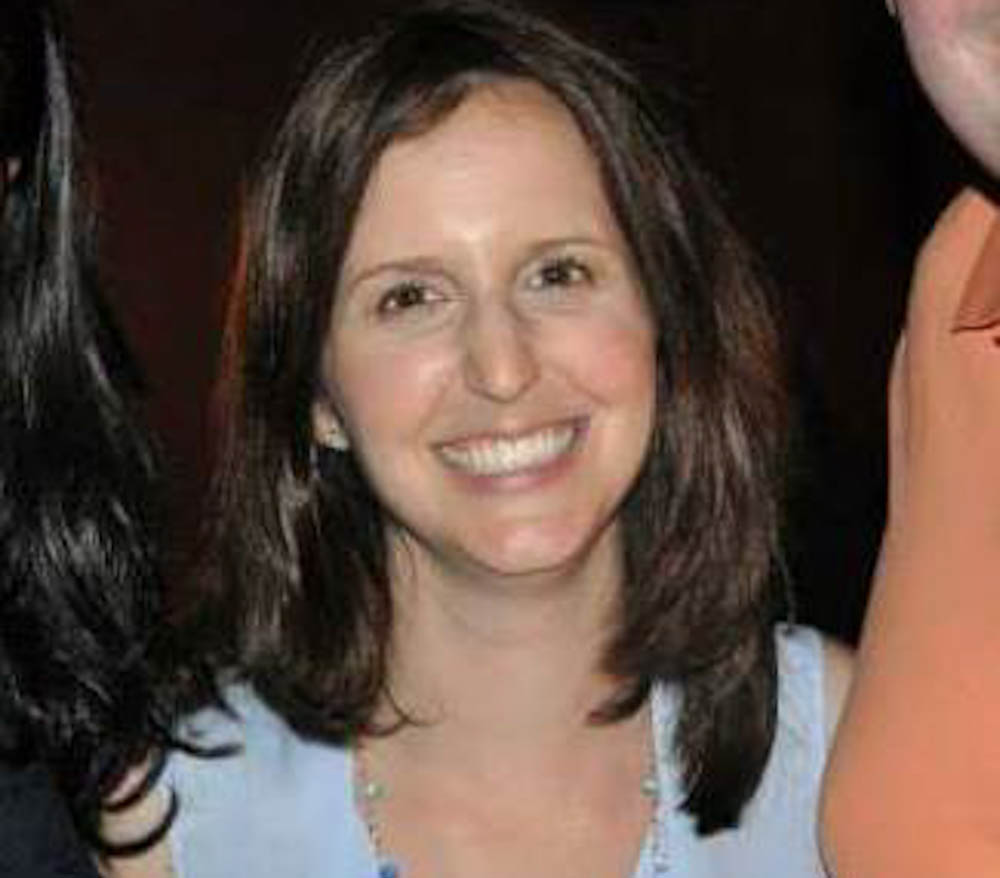By Samantha Watson

I went through cancer treatment twice in my early 20s, diagnosed with Ewing sarcoma in December 1999 and secondary myelodysplastic syndrome (pre-leukemia) in April 2001. I had to leave college to go through chemo, surgeries and eventually a bone marrow transplant, and I sat in a hospital room as my friends graduated, started careers, and went on dates. In the meantime, I was hooked up to IV poles, worrying how I’d ever get a job, hating my many scars, and wondering who in the world would want to date me (or start a family with me, if that was even possible). Finances never even entered my brain. I just looked forward to the day when my doctors would say I was “cancer-free” so I could figure out what I wanted to do and get on with it.
If only it were that easy.
I was incredibly lucky that my post-treatment transition into the “real world” was pretty easy, on a practical and financial level: I had a friend whose company hired me over the phone because I spoke Spanish, another friend who was looking for a roommate in a relatively affordable apartment, and parents who advocated for me tirelessly with our insurance company.
Read more:
I learned quickly, from the many young adults I met who didn’t have these supports in place, that “cancer-free” didn’t mean that cancer was free. In fact, it is quite the opposite.
Young adults may face unique challenges because of their life stage: limited to no employment history, little to no savings, and destroyed credit (making loans for things like grad school or a mortgage nearly impossible).
Young adults: while you may be reeling from the state of your finances, the good news is that there are ways to turn things around and begin to build your financial nest egg back up.
 Here are some tips:
Here are some tips:
- Face your bills. Don’t stick them in a drawer or a glove compartment and ignore them. Start financial planning today through the creation of a budget. Try resources like mint.com and choosetosave.org.
- Don’t be afraid to advocate for yourself, whether it’s with a billing department, a potential employer, or your school. Check out this blog post about the skills a young survivor inadvertently developed during cancer treatment, which she realized actually made her a valuable asset in the workplace and elsewhere. As a young adult with cancer, you’ve dealt with more challenges than many of your peers, and you have perspectives and strengths you probably didn’t know you had. Embrace them. Be proud of them. Harness them and stand up for yourself.
- Use available resources, particularly those that are online. The Samfund provides financial tools and assistance, offering young adults the tools and guidance they need to be able to move forward with their lives. In addition to programs through its Young Adult Program, Dana-Farber also offers insurance and financial assistance, and financial counselors are available to guide patients through coverage and payment plans. There are organizations like StandBuyUs that help with immediate monetary needs and others such as Hope for Young Adults for Cancer that provide college scholarships, prescription assistance, help navigating the health insurance system, and much more. Check out these resources to find the one(s) that fit your situation.
Most of all, please know that you are not alone. There is a community of young adult survivors (growing by the day) who have been down this road before and it is one of the most supportive, caring networks of people in the world.
Samantha Watson is the co-founder and CEO of The Samfund
Find more resources for young adults with cancer through the Dana-Farber Young Adult Program.
